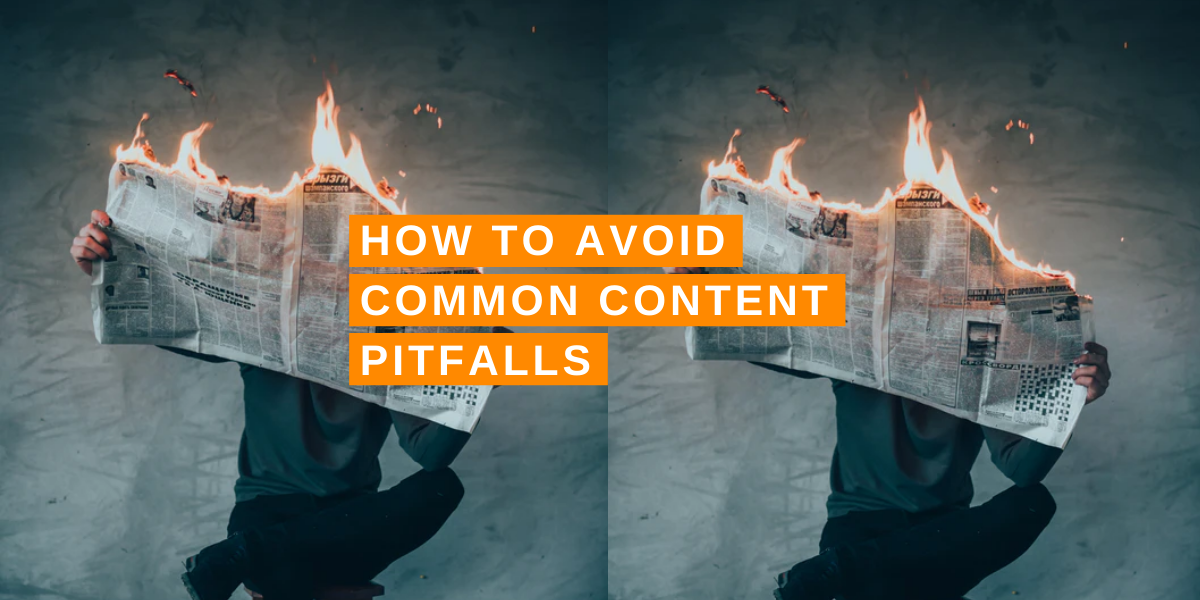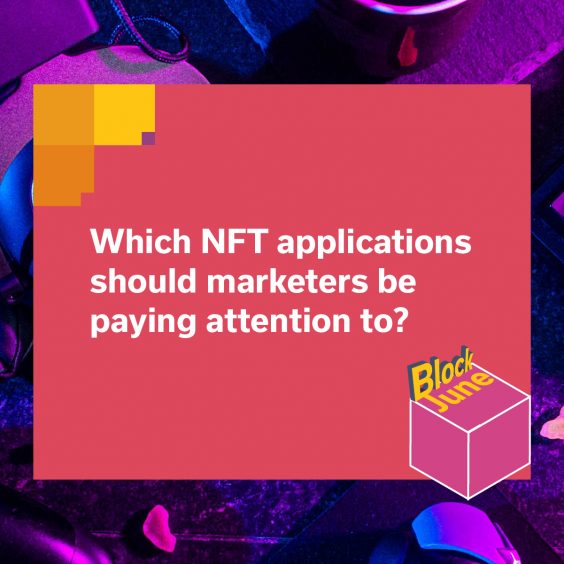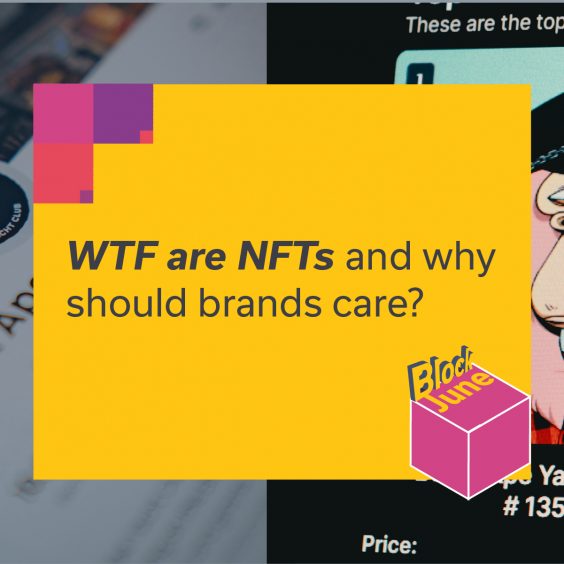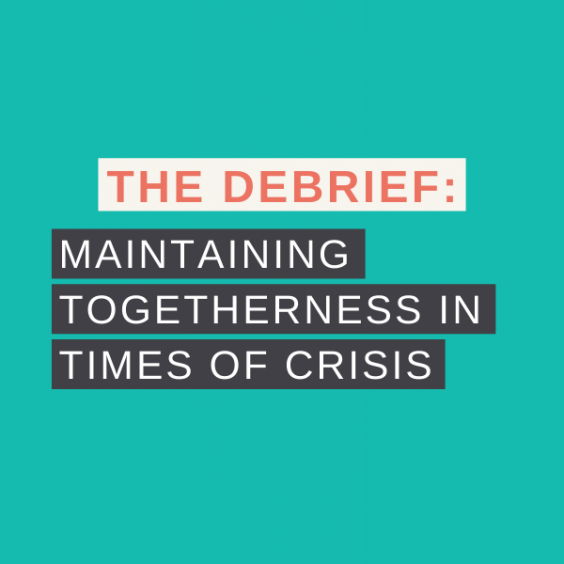It’s no secret that content can be a powerful asset for brands when communicating with those they want to influence. But understanding the right type of content for any given opportunity is key to conveying the right message, in the right way. Although there’s value in marketing and sales collateral, the holy grail for brands is having leading influential publications cover their story for them.
I spoke with Red Lorry Yellow Lorry’s content and insights manager and ex-journalist Sam Pudwell to find out more about telling stories in a way that works for the brand, leading publications and the people they want to influence.
Common mistakes
In his role as production editor at the leading b2b IT title ITProPortal, Sam’s inbox was inundated with short-form and long-form content being shared by brands across the IT spectrum. Despite the wide-range of topics, there were common pitfalls that stood out – the most common being content that didn’t add any additional value.
“Whether it was comments pitched for us to include in news articles or longer form thought leadership, one of the big mistakes brands made was to fail to add to the conversation. This can come in many different forms, but typically the content didn’t add to a subject and just retold the same story that has been seen before or tried to shift it into their area of expertise. This can feel like content for content’s sake, and rarely gets published as it isn’t what the readership wants to digest.”
Another big mistake brands made with thought leadership content was being too salesy, ie trying to shoehorn product or marketing talk into what was supposed to be an educational article.
“It can be tempting for brands to try to sneak a product mention into long-form content, but journalists will pick up on it straight away. They’re not there to provide free marketing for your brand, so won’t look favourably on content that attempts to cross over into sales collateral.”
Think editorially
So, what’s the best way to ensure your content has the right impact? Before creating content, either long or short form, it’s important to consider who you’re trying to reach and the message you’re trying to share.
“It’s important for brands to steer clear of marketing or sales speak and think editorially when planning content. By starting at the end and working backwards, they can identify who they are speaking to and the messages that the audience wants to hear, whilst also considering the publication that will carry the story. This is key and shifts the thinking from what the brands want to say, to what its customers want to hear.”
This is a vital point in today’s world where people are constantly bombarded with ads and marketing campaigns. They don’t want to feel like they’re being sold to all the time, so content that directly addresses their needs and concerns will stand out.
Always add value
As well as focusing on your target audience, content also needs to pass the ‘so what?’ test to ensure it adds to a subject, and doesn’t simply recover old ground. Journalists simply won’t be interested in content that says the same old things.
“Make sure everything adds value in some way, even if you’re covering subjects that are well documented. This can be key for driving SEO, making sure you’re expanding the story and adding to it. This can be as simple as giving readers new insight, an alternative view on a situation or a clear tangible call to action, especially if you’re educating the reader. Telling them the same story they’ve already seen before won’t be compelling.”
This applies to all types of content. If you’re commenting on a news story, try to think about the ‘why’ or the ‘how’ rather than just focusing on the ‘what’. Or if it’s a thought leadership article, try to include something tangible that readers can take away, whether that’s education or practical advice.
Putting these tips into practice will create a solid foundation for content and ensure it has the desired impact on journalists and your target audience. Content that doesn’t build on this is a wasted opportunity and will carry little value.
Are you struggling to effectively engage your target audience? Get in touch at hello@rlyl.com to find out how we can help you create content that makes an impact.



